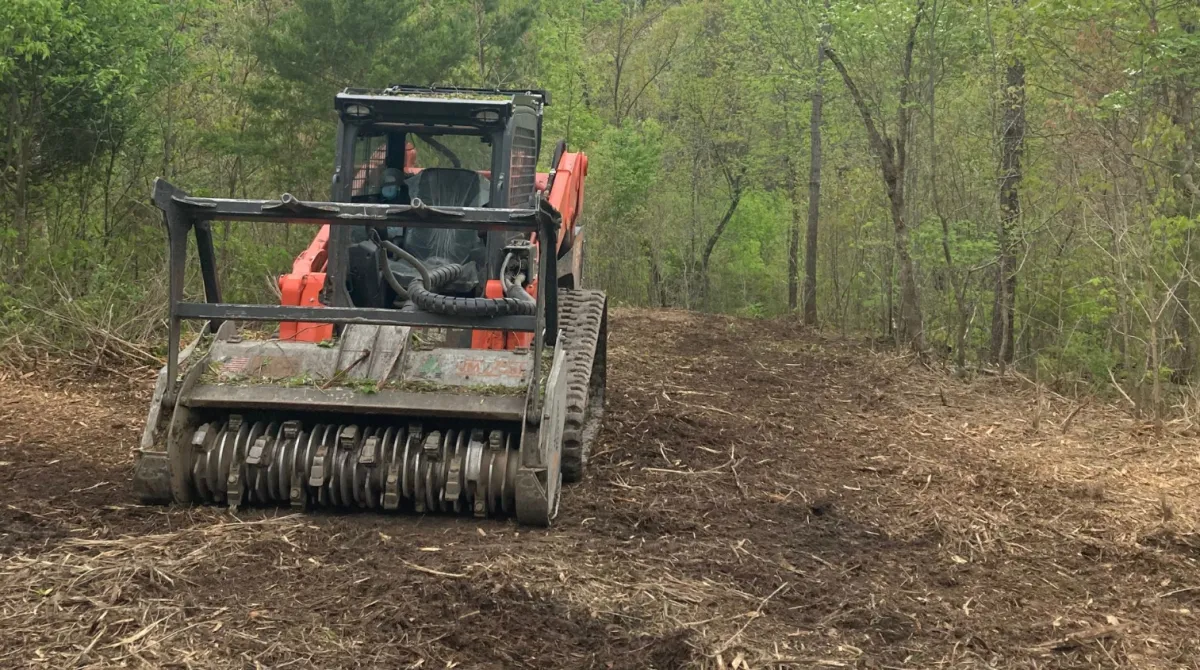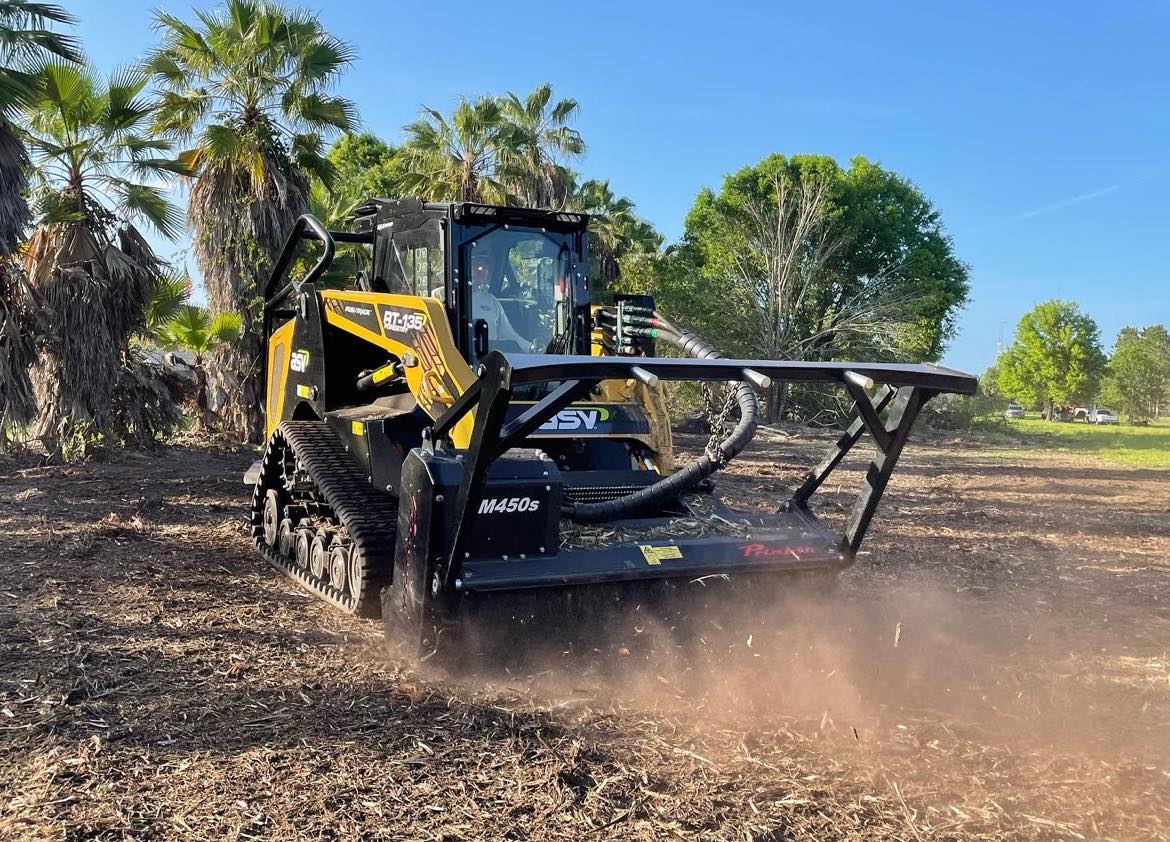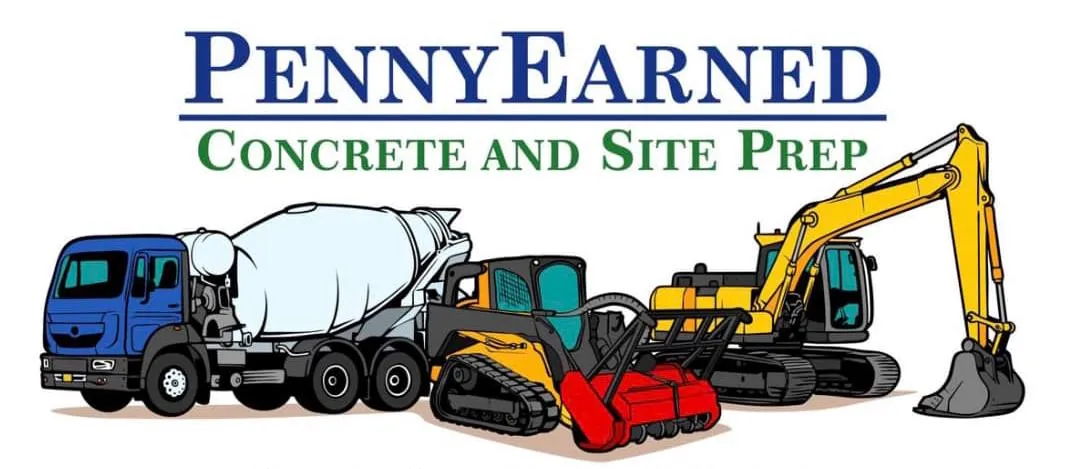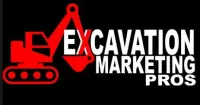
Top 5 Mistakes with Forestry Mulching Near Montgomery County, AL (And How to Avoid Them)
If you’re staring out at your land in Montgomery County wondering how to tackle the overgrowth without wrecking your soil, burning through your budget, or wasting your weekend—you’re not alone.
Maybe you’ve just bought a property and are ready to reclaim it from briars and brush. Maybe you’ve lived there for years, and it’s finally time to clean it up. Either way, you want to clear it right, not just fast.
We know the stress that comes with land projects. It’s your money, your time, and your property—and you don’t want to mess it up.
At PennyEarned Concrete and Site Prep, we’ve helped homeowners and landowners throughout Montgomery and nearby counties avoid the most common forestry mulching mistakes. This guide is built from that real-world experience — not from guesses.
Let’s walk through the five biggest missteps folks make and how to sidestep each one with confidence.

1. Clearing Too Much, Too Fast: Why Less Is Sometimes More
It’s tempting to want everything gone all at once. Trees, saplings, underbrush — everything. You might think, “If I’m renting equipment or hiring help, I may as well clear it all in one go.”
But here’s the catch: clearing too aggressively can harm your land more than help it.
When you remove every bit of vegetation, especially on sloped or erosion-prone areas, you expose your topsoil to wind and rain. That’s when nature fights back — and not in a good way. Washed-out areas, muddy driveways, and even drainage problems can follow.
How to avoid it:
Start with a plan. Decide what areas truly need clearing — trails, building pads, fence lines — and leave the rest until you see how the land responds. You don’t have to mulch every inch to make your property usable.
Sometimes less really is more.
2. Ignoring Hidden Obstacles Below the Surface
It’s what you can’t see that can cost you the most.
Montgomery County soil hides plenty of surprises: buried fence wire, stumps, trash dumps from years past, or even shallow utility lines. Hitting something unexpected with a mulcher can mean busted blades, broken machines, and expensive repairs — not to mention safety risks.
We once had a homeowner near Pine Level who tried to DIY a mulching job and ended up catching old barbed wire wrapped around the drum. It took them hours (and a lot of sweat) to unwind it. The machine never worked the same again.
How to avoid it:
Walk the land. If you’re hiring someone, walk it with them. Flag anything questionable. If the property’s new to you, assume there will be something underground and budget time for prep. A little awareness can save a lot of money.
3. Using the Wrong Equipment for the Job
Here’s something most folks don’t realize until it’s too late: not all forestry mulching equipment is built equal.
Some machines are better for thick trees. Others are ideal for light brush. And not all terrain is easy to navigate. If you try to do a 5-acre dense pine thicket with a homeowner-grade skid steer, you’re likely to overheat the machine or get stuck halfway through.
We’ve seen DIYers rent equipment that isn’t up to the task. They lose a full day, call us halfway through, and end up paying more than if they’d just asked for help from the beginning.
How to avoid it:
Be honest about what your land needs. Don’t rent equipment based on price alone. Instead, match the machine to the size, density, and slope of your property. If you’re unsure — that’s exactly where a good local contractor earns their keep.
(And yes, we mean one who knows what “gumbo clay” or “red Alabama dirt” does after it rains.)
4. Skipping the Planning Stage (And Regretting It Later)
Forestry mulching isn’t just “grind and go.” If you don’t know why you’re clearing the land, you can end up doing it twice.
Are you building on the land later? Planting grass? Want trails for hunting or ATVs? Different goals call for different clearing strategies.
We had a client in Prattville clear an entire 3 acres only to find out their builder needed specific tree lines left up for drainage. They had to regrade, then replant, which was a costly (and frustrating) detour.
How to avoid it:
Ask yourself what the next step is after mulching. Are you developing, selling, fencing, or just improving curb appeal? Talk that through with whoever’s doing the work. When we show up, we want to know your long-term goals so we can help get you there — not just mow down trees.
5. Hiring the Cheapest Crew (And Paying for It Twice)
There’s always someone with a beat-up skid steer on Facebook Marketplace offering to do it for half the price. But here’s what those low bids usually miss:
No insurance
No clean-up
No plan
And often, no idea what they’re doing
We’ve been called in more than once to fix a mulching job gone wrong — chewed-up trees, half-cleared paths, or uneven ground that turns into a swamp after the first rain. It’s frustrating for homeowners, and it costs more in the long run.
How to avoid it:
Ask questions. Do they know the soil types in Montgomery County? Do they carry liability insurance? Can they show before-and-after photos from other jobs?
You don’t need the biggest name — just someone who takes your land seriously.
Final Thoughts from PennyEarned Concrete and Site Prep
We’re not just machine operators — we’re land people. We grew up on red clay, learned the quirks of Alabama terrain, and we treat every job like it’s our own.
At PennyEarned Concrete and Site Prep, we’ve helped homeowners in Montgomery, Autauga, Elmore, Lowndes, and beyond turn tangled land into usable space — not just fast, but smart.
Forestry mulching can be the smartest, cleanest, and most efficient way to reclaim your land. But only when it’s done right.
If you’re thinking about clearing property, start with a conversation. Not a sales pitch. Just honest advice from folks who’ve been in the dirt a while.
Want to Talk About Your Land?
Whether you’re ready to schedule or just want to walk your property and hear what’s possible, we’re happy to help.
All rights reserved | Privacy policy | Client Support Area | Terms & Conditions | Privacy policy




